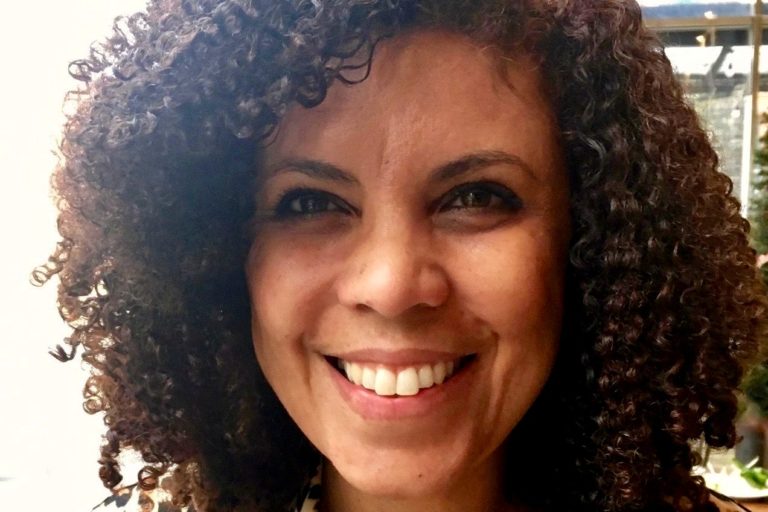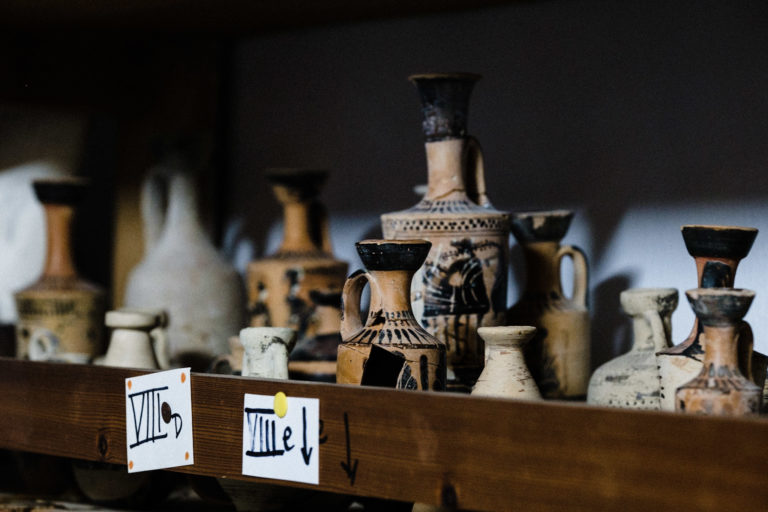
MSU’s Digital Humanities & Literary Cognition Lab, the Resource Center for Persons with Disabilities (RCPD), and Exceptions journal continue to carry on an MSU tradition of excellence and inclusion by organizing a one-day, hands on, accessible art exhibit for those with visual impairments.
Displaying 16 works of art designed to be accessible to individuals with visual impairments, the exhibit, titled Sense of Self: Accessible Art & Disability Studies, was featured at the Eli and Edythe Broad Art Museum on November 10.
More than 200 students, parents, community members, and individuals across the visual ability spectrum attended, including MSU President Lou Anna K. Simon, who described the event as exemplary of the direction MSU is taking in the Digital Humanities.
The exhibition was a collaboration between an Introduction to Painting course taught by Professor Alisa Henriquez and an English course taught by Assistant Professor Natalie Phillips.

To prepare the work for the exhibit, each artist chose a poem written by the students in Phillip’s class and used it as inspiration for the difficult task of creating artwork that does not need to be seen to be enjoyed. For example, senior Studio Art major Salyu Zhu created a black canvas that could be un-zipped to reveal a colorful, tactile work of art displayed underneath.
“I really enjoyed this project because I want to make people who are blind feel that the world is more beautiful and more colorful than we can ever imagine,” Zhu said.
Each tactile work of art was displayed next to the poem that inspired it and included a QR code that could be scanned to read the poem aloud to visitors, a suggestion made by Angela Sebald, Blindness/Visual Impairment and Media Access Specialist for the RCPD.
“To say we’re making an event accessible, we need to make sure we actually are,” Sebald said. “We had to think about where to place things; we had to make sure that everything was uniform so there was no variation between; we had to ensure that everything was low enough so that someone in a wheelchair could access the piece. Our hope is that this becomes part of what the museum does all the time.”

Emily Claus, Professional Writing senior and Editor-in-Chief of Exceptions journal, a student-led journal at MSU dedicated to producing work for and by individuals with visual impairments, took a lead role in organizing the event.
“There’s such a lack of accessibility in all public spaces, and it’s something we really need to bring awareness to,” Claus said. “This exhibit connects sighted people and people with visual impairments and raises awareness for that need for accessibility.”
Claus worked with members of the DHLC to plan the day-long event, which included two keynote speakers, Georgina Kleege, Professor of Creative Writing and Disability Studies at the University of California, Berkley, and Lucas Livingston, who manages accessibility programs at the Art Institute of Chicago.
“It’s wonderful to see an event like this happening at Michigan State, and I think it’s a catalyst to encourage more people to be considering multisensory engagement,” Livingston said. “From cradle to grave, we are multisensory individuals and each person, even without specific disabilities, accesses, interprets and understands differently. By embracing multisensory experience, we’re also just embracing diversity within humanity.”
After receiving positive feedback, plans are being made for a spring exhibition of the existing art.


